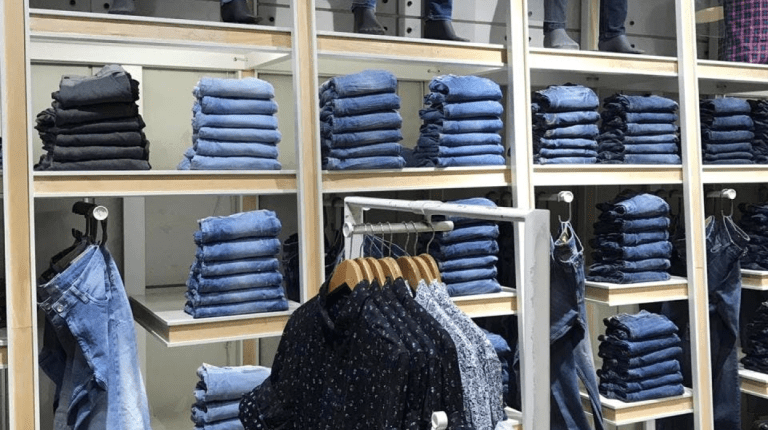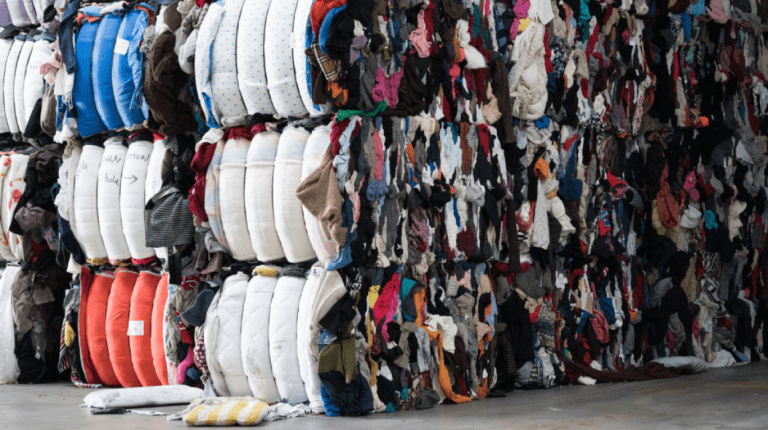The textile industry is notorious for its environmental impact. However, there is a growing movement towards a circular economy that aims to change that. Textile grading plays a crucial role in this transformation by classifying and sorting used textiles based on their quality and potential for reuse or recycling.
In this blog post, we will explore the concept of textile grading and its significance in creating a circular economy, reducing waste, and promoting sustainability in the textile industry.
How Textile Grading Links With Circular Economy?
The textile industry generates a staggering amount of waste, with millions of garments ending up in landfills or incinerators each year. This linear model of production and consumption is environmentally damaging and unsustainable.
However, by implementing textile grading systems, we can shift from a linear to a circular economy and minimize textile waste.
Processes Of Textile Grading
Textile grading involves the evaluation and classification of used textiles based on their condition, quality, and potential for reuse or recycling. Garments are sorted into various categories, such as premium, standard, and substandard, based on criteria like fabric integrity, style, and functionality.
This grading process enables effective decision-making regarding the next steps for each garment, maximizing their value within the circular economy.
Added Benefits of Grading Textiles
Reuse: High-quality garments can be resold or redistributed, extending their lifespan and reducing the need for new production. This promotes a more sustainable approach to fashion consumption and reduces waste.
Recycling: Textiles that are not suitable for reuse can be recycled into new fibers or materials. Textile grading ensures that materials with similar properties are grouped together, making the recycling process more efficient and effective.
Repurposing: Garments that do not meet quality standards for reuse or recycling can still be repurposed into other products. For example, old t-shirts can be transformed into cleaning rags or used as insulation material.
Economic and Environmental Impact
Textile grading brings about numerous economic and environmental benefits.
- Economic Benefits:
From an economic perspective, grading allows for more accurate pricing of used textiles based on their quality, ensuring fair compensation for sellers. It also creates opportunities for businesses specializing in the collection, grading, and distribution of second-hand clothing. Job creation and revenue generation are additional advantages associated with the expansion of the circular economy in the textile industry.
- Environmental Benefits
In terms of the environment, textile grading helps reduce textile waste, energy consumption, and the reliance on virgin materials. By extending the life cycle of garments through reuse or recycling, the demand for new production decreases, resulting in reduced water usage, carbon emissions, and the overall ecological footprint of the textile industry.
Driving A Change With Awareness
Textile grading plays a vital role in educating consumers and raising awareness about sustainable fashion. By providing clear labels or tags indicating the grade or condition of a garment, consumers can make informed choices and actively contribute to the circular economy.
Understanding the value and potential of used textiles promotes a shift in consumer behavior towards more conscious and responsible consumption.
Revolutionizing Industry with Transparency
Furthermore, textile grading facilitates transparency within the textile industry. It encourages brands and retailers to adopt sustainable practices by offering incentives for participating in circular initiatives. Consumers can support and reward brands that prioritize sustainability, driving positive change in the industry as a whole.
In A Nutshell
Textile grading is a fundamental component in creating a circular economy within the textile industry. By evaluating the quality and potential of used textiles, we can divert them from landfills and incinerators, promoting reuse, recycling, and repurposing. The economic and environmental benefits of textile grading are significant, fostering job creation, reducing waste, and mitigating the industry’s environmental impact. By embracing textile grading, we can pave the way for a more sustainable and responsible textile industry.











